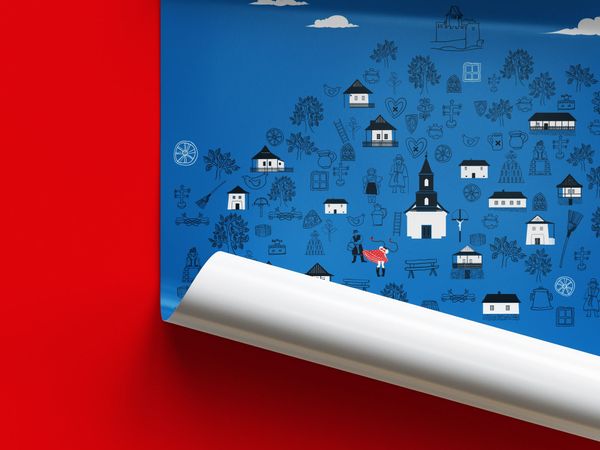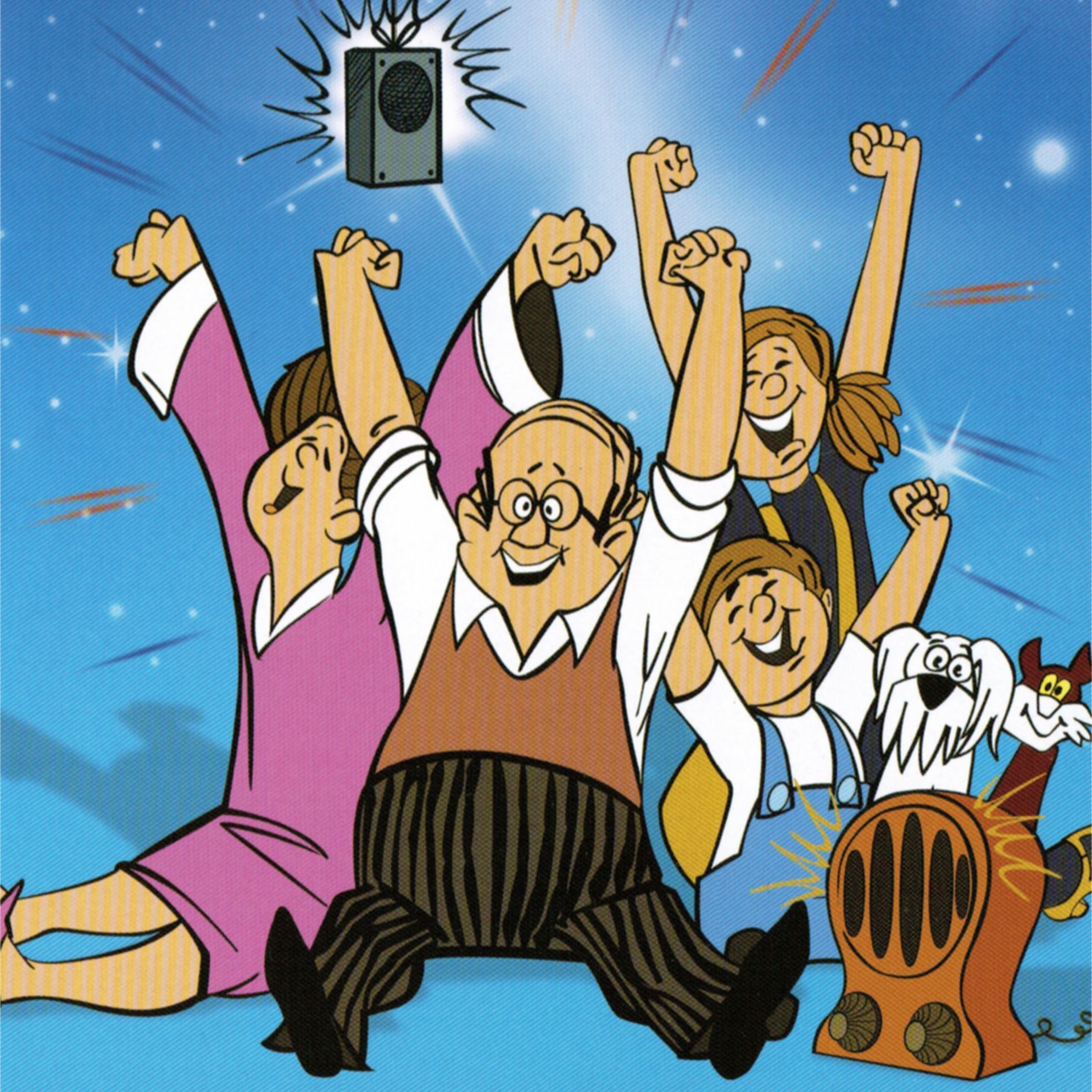It was a special turn of events in the dull days following the end of World War II. Lovely, instructive stories were created for children to grow up with, for the whole of Generation X and Y. Their atmosphere is utterly captivating and their impact endures to this day. Let’s watch some cartoons that are not just for kids!
Mézga család (The Mézga Family) | Hungary
It is an unbiased opinion to say that The Mézga Family is one of Hungary’s best-known and most popular cartoon series. József Romhányi and József Nepp have captured the family idyll of the time, creating utterly humorous and entertaining characters. In the 1960s, 70s, and 80s, every family hummed its catchy theme song. Outside Hungary, it was successfully broadcast in many European countries, such as Germany, France, Italy, and even Cuba. Its return in 2005 was followed by nearly half a million people, a testament to its timeless success.
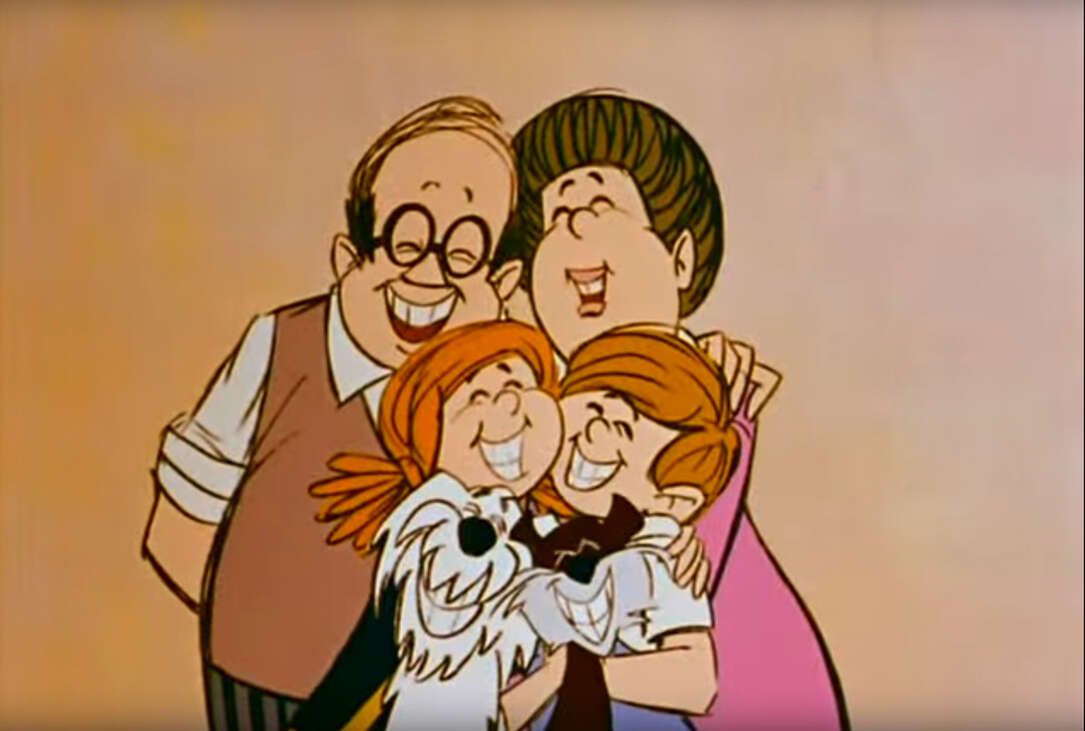
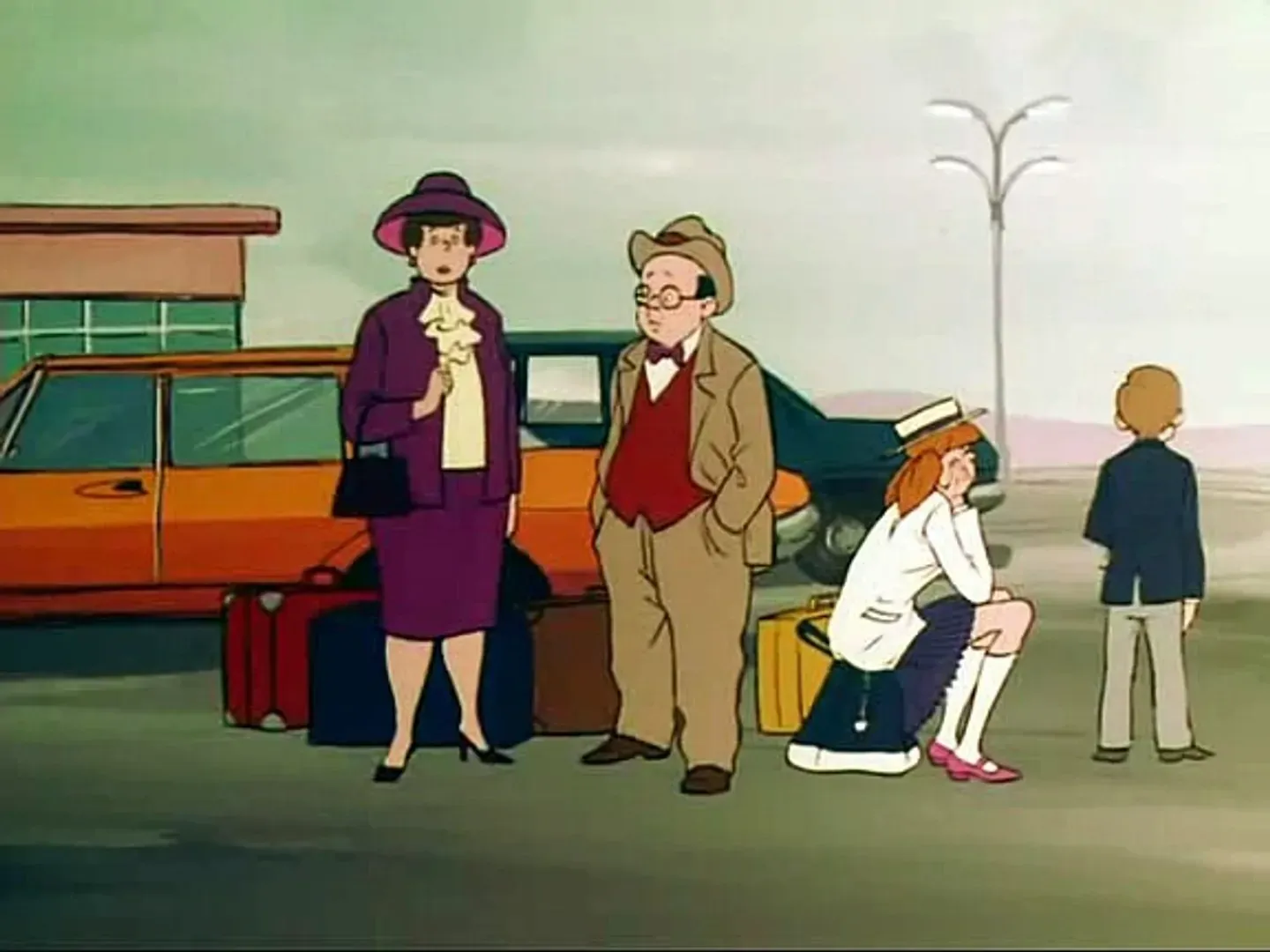
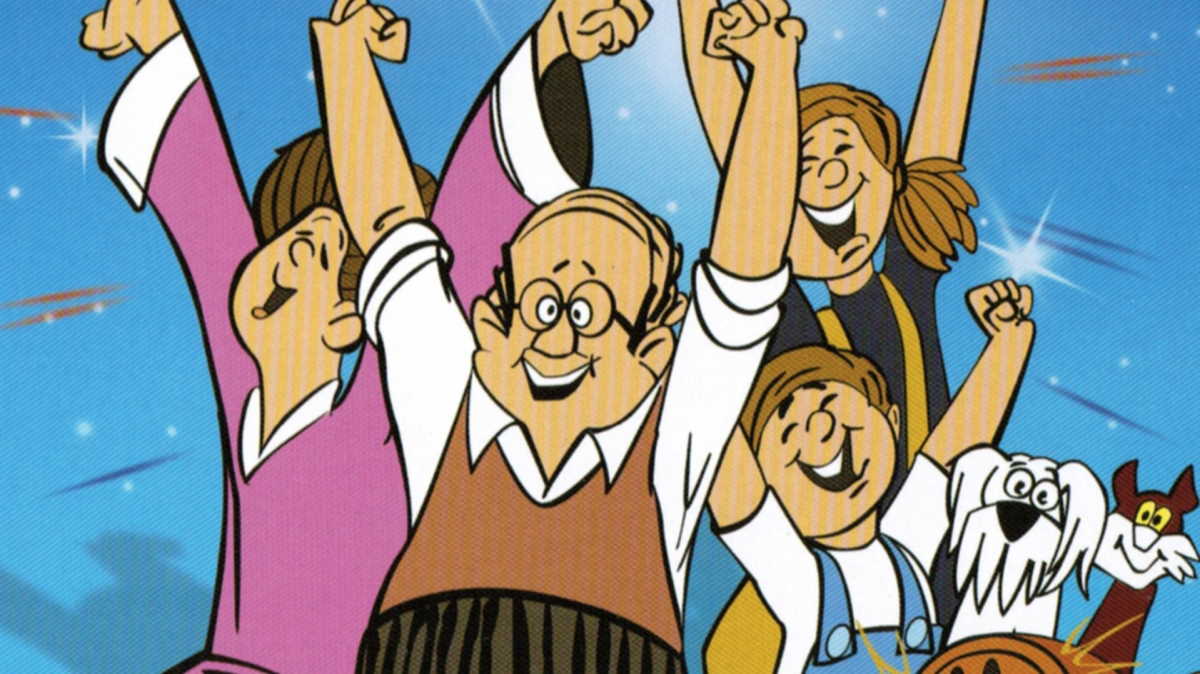
Krtek (The Mole) | Czechoslovakia
Perhaps even Zdenek Miler didn’t think in 1954 that the mole would become a favorite of millions of children. Interestingly, he was originally commissioned to make a propaganda cartoon showing young generations the car manufacturing, textile industry, and agriculture. The creation of The Mole was purely by chance, Zdenek stumbled upon a molehill after being approached and this inspired him to create our underground friend. The first episode—How the mole got his trousers—debuted in 1957 and instantly captured everyone’s heart.
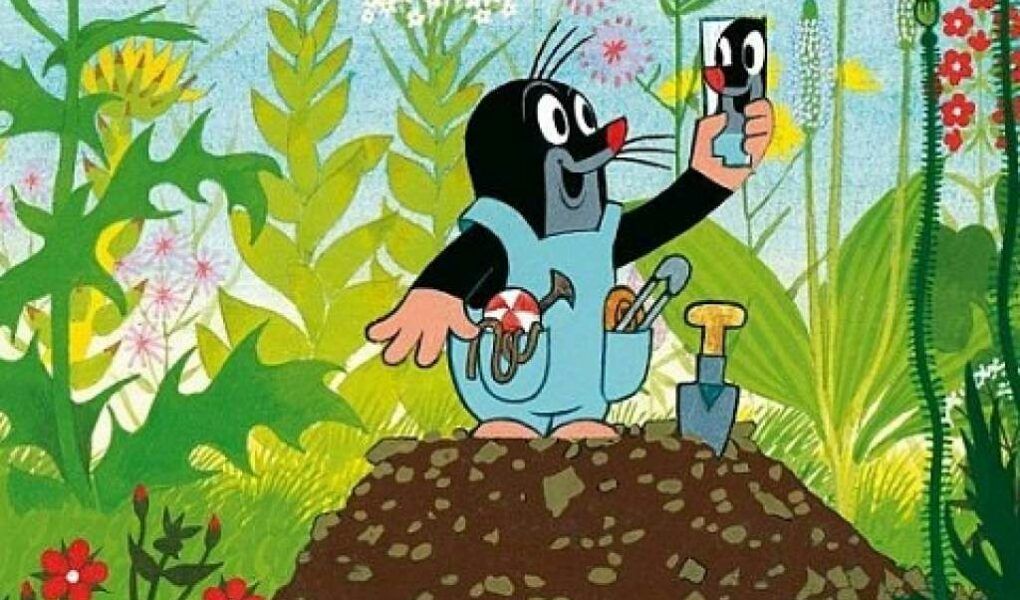
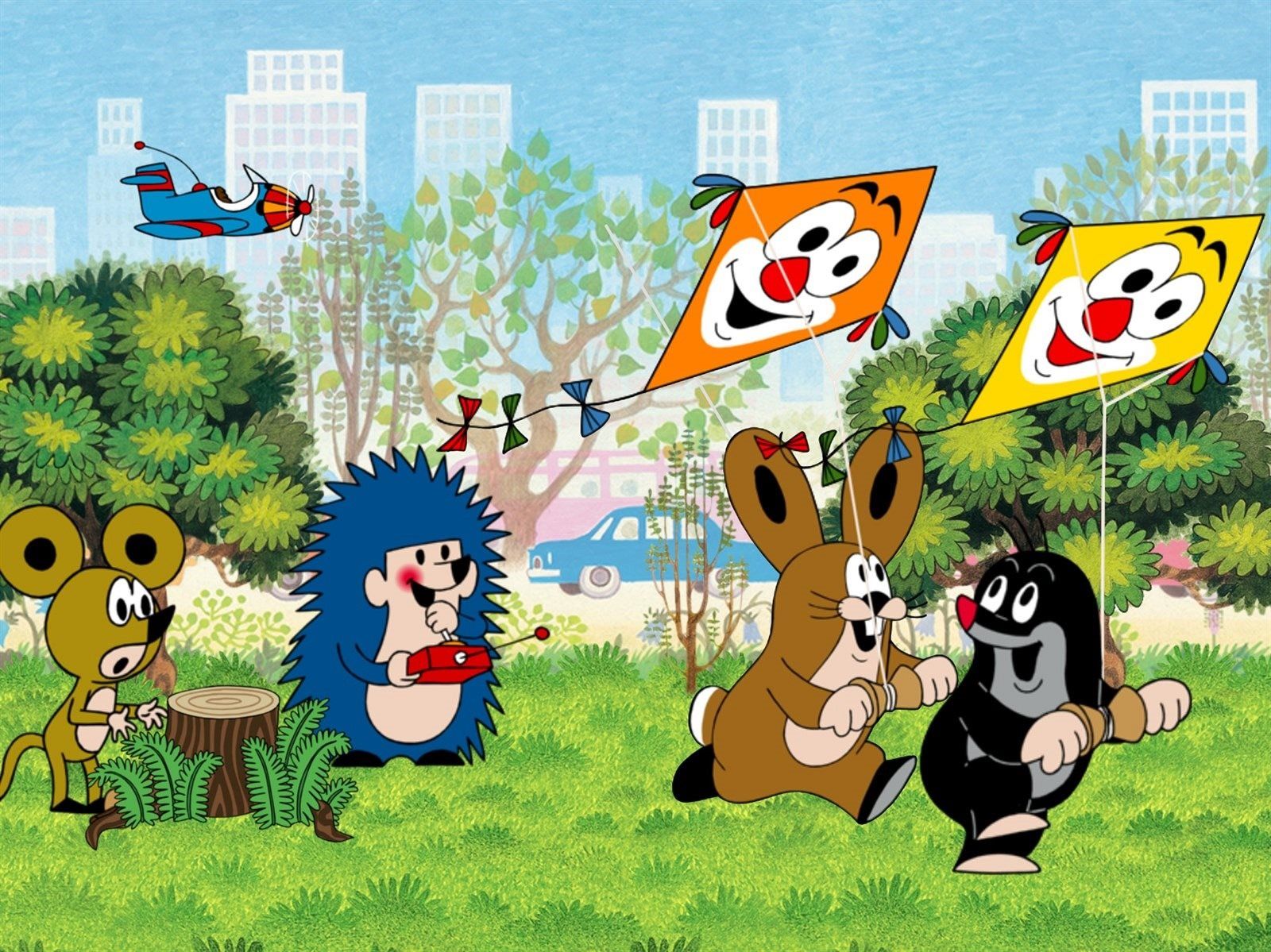

Frakk, a macskák réme (Frakk, the Cats’ Nightmare) | Hungary
Ágnes Bálint’s script created the story of the Hungarian vizsla, who can’t stand his owners’ two cats, Lukrécia and Szerénke. The main storyline of the cartoon series is the eternal contradiction of the cat and dog friendship. The cartoon portrays the nice everyday life of Aunt Irma and Uncle Károly, starring the two pampered cats and the guard dog. The two cats are not only lazy, but also impudent, and unlike Aunt Irma, Uncle Károly doesn’t like them too much, so he brings Frakk to the house in the first episode; a perfect, ironic reflection of the older generation of the time.


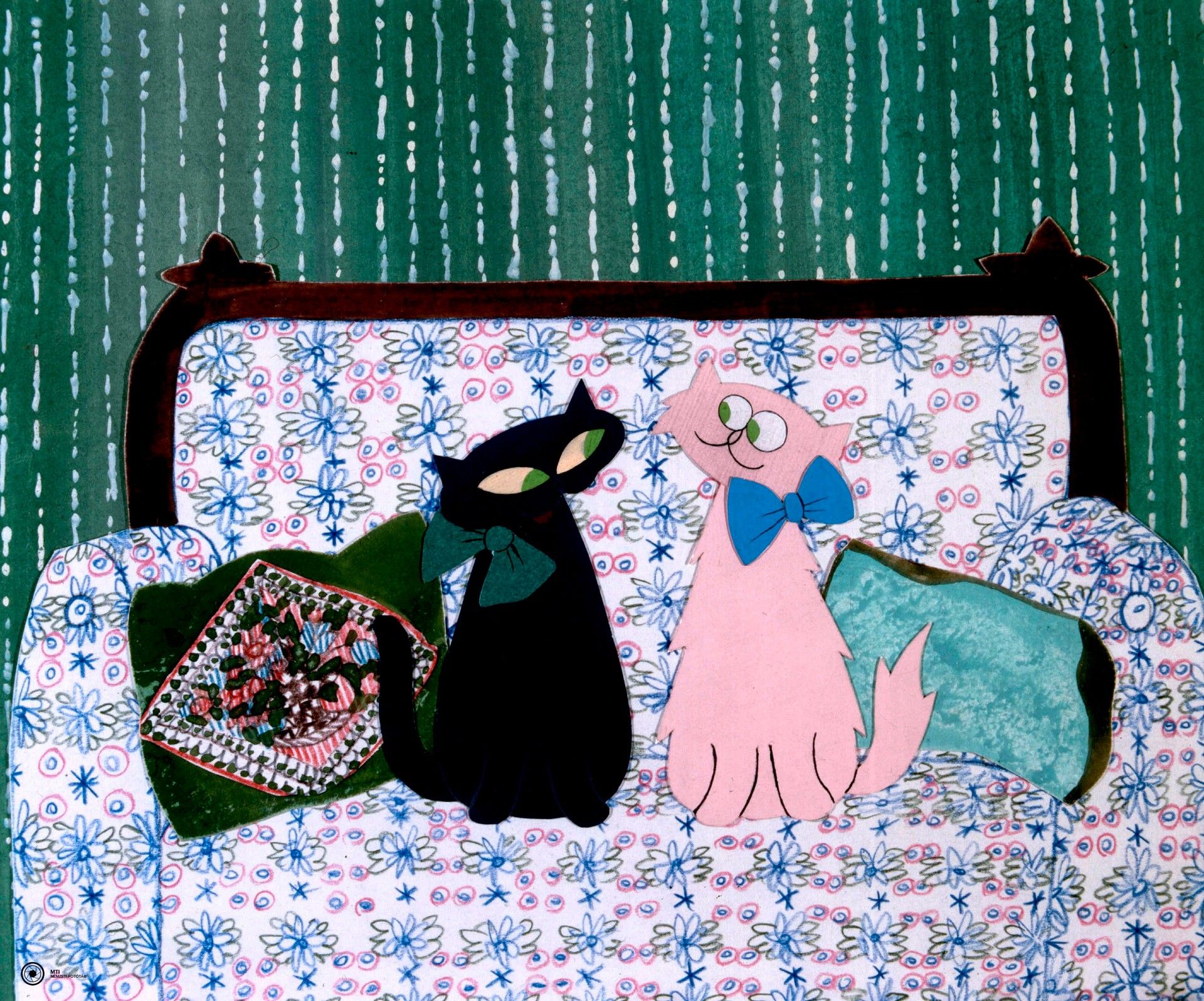
Bolek i Lolek (Bolek and Lolek) | Poland
Władysław Nehrebecki’s story about his own sons Jan and Roman follows the adventures of two brothers. The first version, without dialogue, was broadcast on Polish television between 1963 and 1986 and was later followed by cartoons and other series. Interestingly, thanks to its popularity, audiences also had a strong demand for a little girl character, and thus Tola was born. In the heyday of the Polish Republic, many toys, puppets, and storybooks were made about them. Of course, underlying motives can also be spotted here, as they were created in the interests of socialist education, just like their contemporaries.
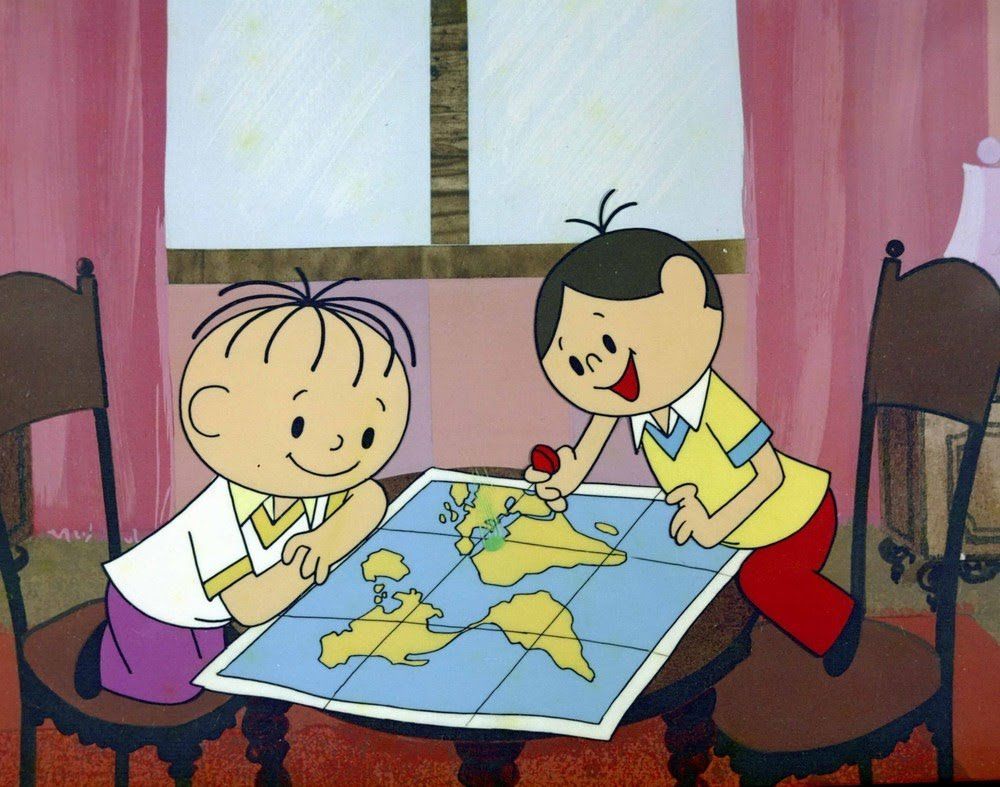

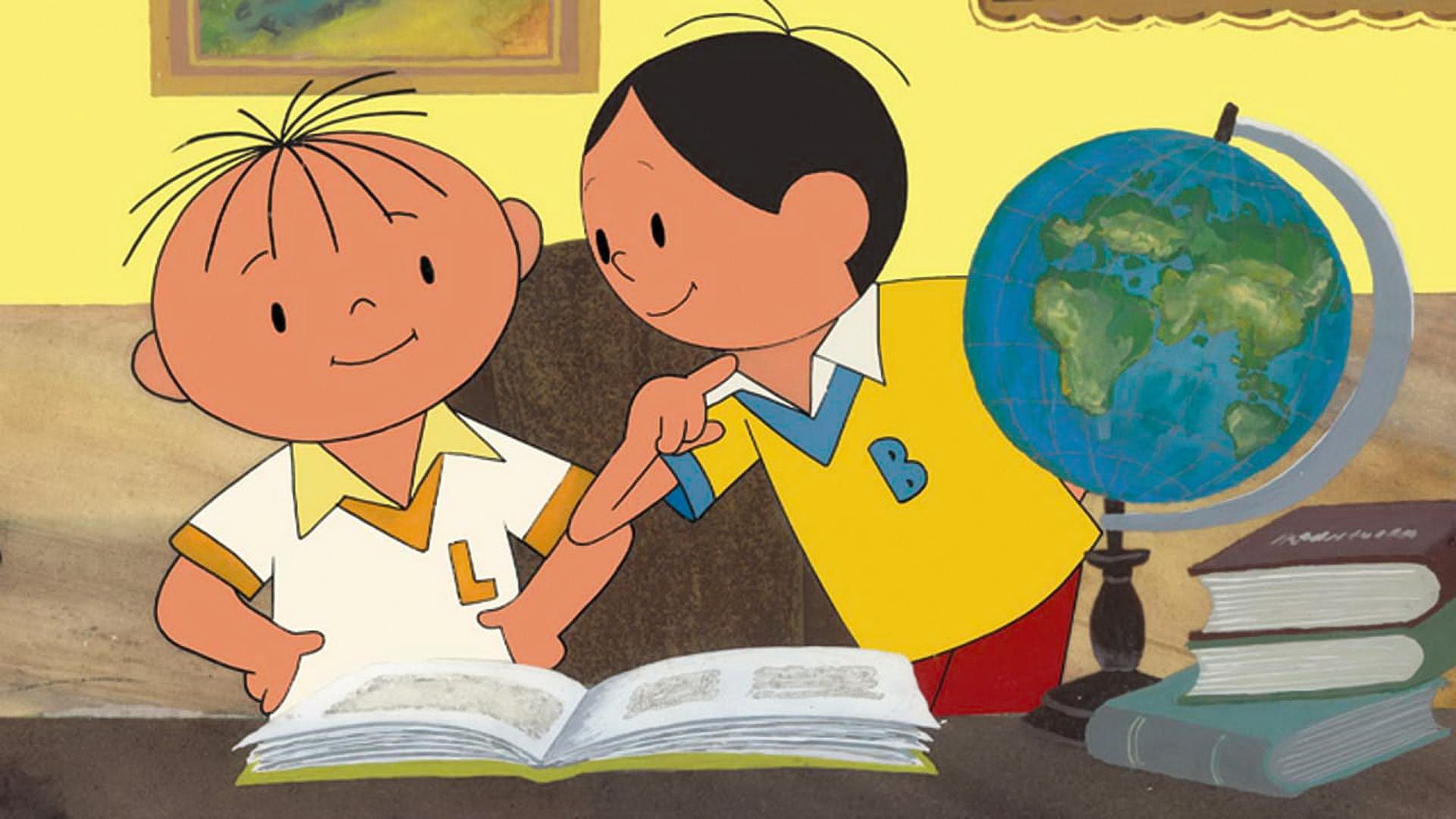
Vizipók-csodapók (Water-Spider, Wonder-Spider) | Hungary
Between 1976 and 1985, three seasons were made based on the adventures of Water-Spider and Garden-Spider, as well as their friends, written by Ágnes Bálint. Water-Spider does not weave his web on land or in dusty room corners, but in the underwater world of tales, admired and envied by his friend on the surface, Garden-Spider.



Photo source: Pannónia Filmstúdió (The Mézga Family), Krátký Film Praha (The Mole), Pannónia Filmstúdió (Frakk, the Cats’ Nightmare), Studio Filmów Rysunkowych (Bolek and Lolek), Pannónia Filmstúdió (Water-Spider, Wonder-Spider)
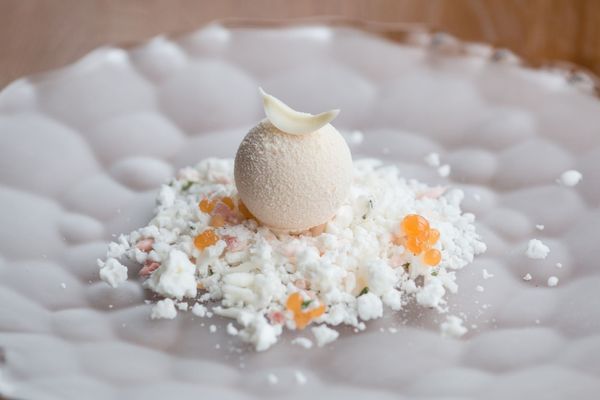
A gastronomic paradise under the stars—Platán
